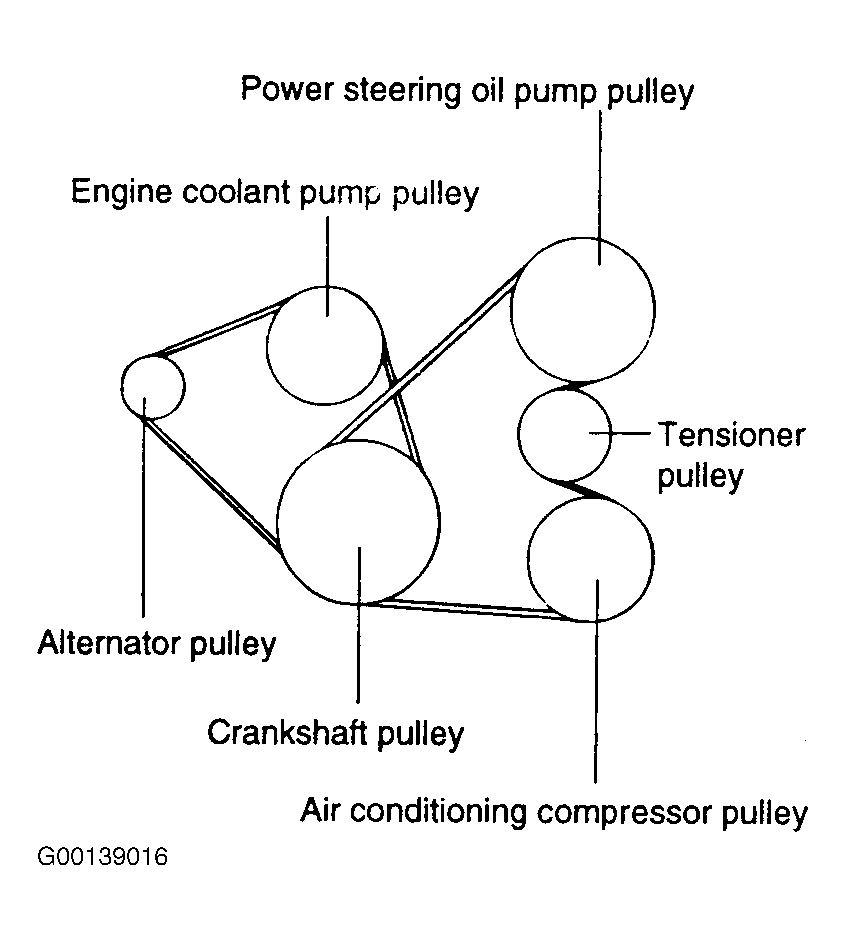
The common radiator pinhole/seam leak on the

fix(TSB}does not solve the problem ( only temporary). TSB' have not fixed the problem, as of yet. Known problem with harsh/abrupt shifting with 6 speed auto tran.
#REPLACING 2003 HYUNDAI SANTA FE AIR COMPRESSOR 3.5 UPDATE#
Software update seems to have fixed problem, for now at least. No mechanical problem found, but after "lots of test driving" they replicated. I really do miss it.3rd time for same problem-jerky movement in lower gears, under 25 felt like someone hitting car from behind. This is by far the best vehicle I have ever owned and drove. I've owned/drove many vehicles over the years, Chrysler, Plymouth, GMC, Saturn, Renault and 3 other Hyundai's, from small coupes and sedans, large/luxury sedans, mini-vans, pick-up, and SUV. Also used it to pull U-Haul trailers for my daughter back and forth to college for 4 years and it still kept on going for many years after. Even used it once to pull a Chevy Avalanche out that was stuck up to its rear axle in sod and mud and it never shuttered once. We drove it in all kinds of weather, from snowy mountains to the sand at the beach and everything in between. Traded it in on a 2017 Santa Fe sport and wish I still had the old one. Only mechanical repair we had at around 128K miles was tie rod and sway bar ends/bushings when it was 12 years old.

We bought a 2005 Santa Fe 2.7L V-6 AWD GLS new in Maryland and drove it for 12 years and over 150,000 miles with no issue what so ever with the mechanical, body or anything for that matter other than regular maintenance like battery, tires/alignment, breaks, etc. When driving through curves, the 3.5-liter Santa Fe can exhibit a slightly top-heavy sensation. Though it is clearly stronger, the 3.5-liter V-6 doesn’t boost performance quite as much as expected, and its automatic transmission may occasionally shift with a jerk. This SUV is appropriately spacious, and it runs quietly. Its bulging fenders, which are uncommon on SUVs, actually make a difference in judging the vehicle’s position. Ranking as one of the easiest small SUVs to drive, the Santa Fe handles adeptly and performs admirably. Side-impact airbags and antilock brakes are standard in all Santa Fe models.

Both transmissions have Shiftronic manual-shift capability. The 3.5-liter V-6, which is standard in the LX and optional in the GLS, generates 200 hp and 219 pounds-feet of torque and drives a five-speed automatic. The GLS comes standard with a 2.7-liter V-6 that produces 170 horsepower and teams with a four-speed-automatic transmission. The Santa Fe can be equipped with one of two V-6s. Leather seating surfaces and automatic climate control also are included in the top-of-the-line LX. Both models have a Monsoon six-speaker cassette/CD audio system, but the LX adds a six-CD changer. Cargo volume behind the rear seat is 30.5 cubic feet, but capacity grows to 77.7 cubic feet when the backseat is folded down. A full-size spare tire is included.Įach Santa Fe holds up to five occupants with front bucket seats and a split three-place rear bench that folds for additional cargo space. The four-door SUV is equipped with a rear liftgate, and five-spoke alloy wheels hold 16-inch tires.

Bulging front fenders are one of the Santa Fe’s distinguishing characteristics. The all-wheel-drive system provides extra traction on slippery surfaces rather than serious offroad capabilities.īuilt on a 103.1-inch wheelbase, the Santa Fe is 177.2 inches long overall and close to 66 inches tall. Front- and all-wheel-drive versions are available. Although the Santa Fe is roughly the same size as the Honda CR-V, Hyundai’s SUV is wider. A new instrument cluster goes inside, and the LX model adds a power driver’s seat.īased on the front-wheel-drive Sonata sedan’s platform, the Santa Fe is offered in two trim levels: GLS and LX. Styling changes include a new grille and taillights, refined bodyside cladding, a redesigned tailgate handle and restyled 16-inch alloy wheels. Hyundai’s compact sport utility vehicle returns for its fifth season on the U.S.


 0 kommentar(er)
0 kommentar(er)
